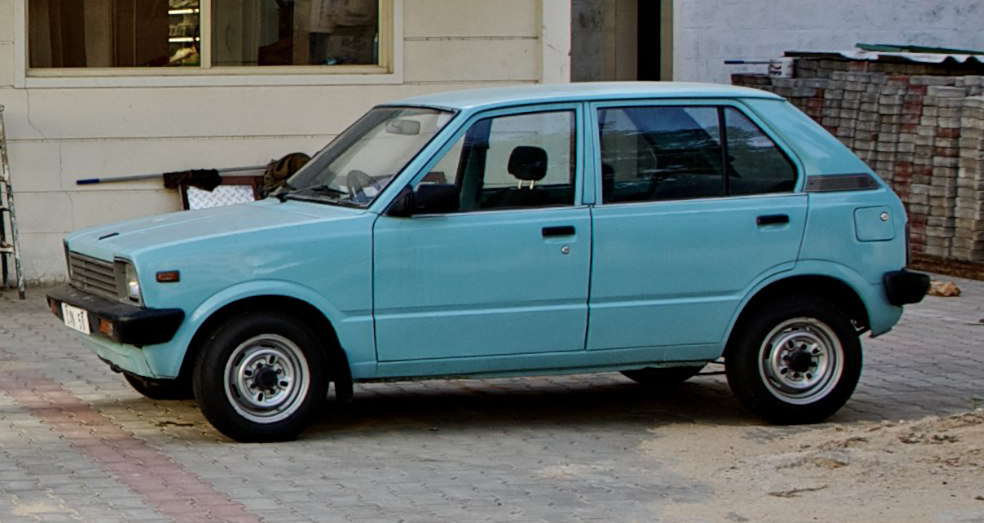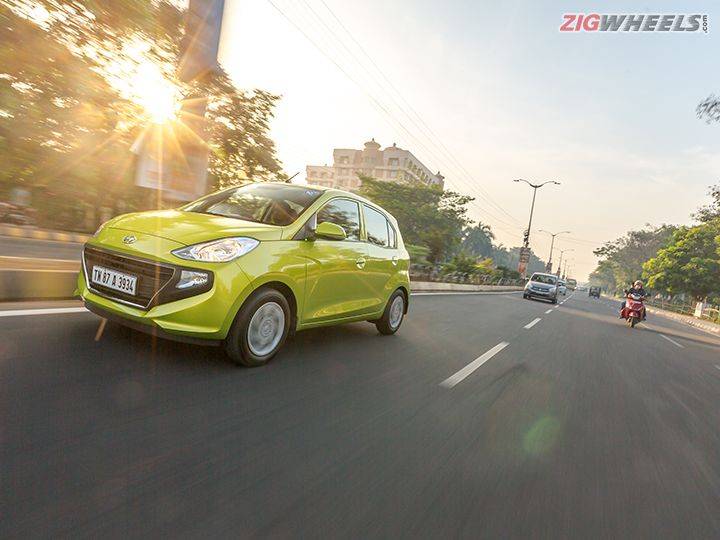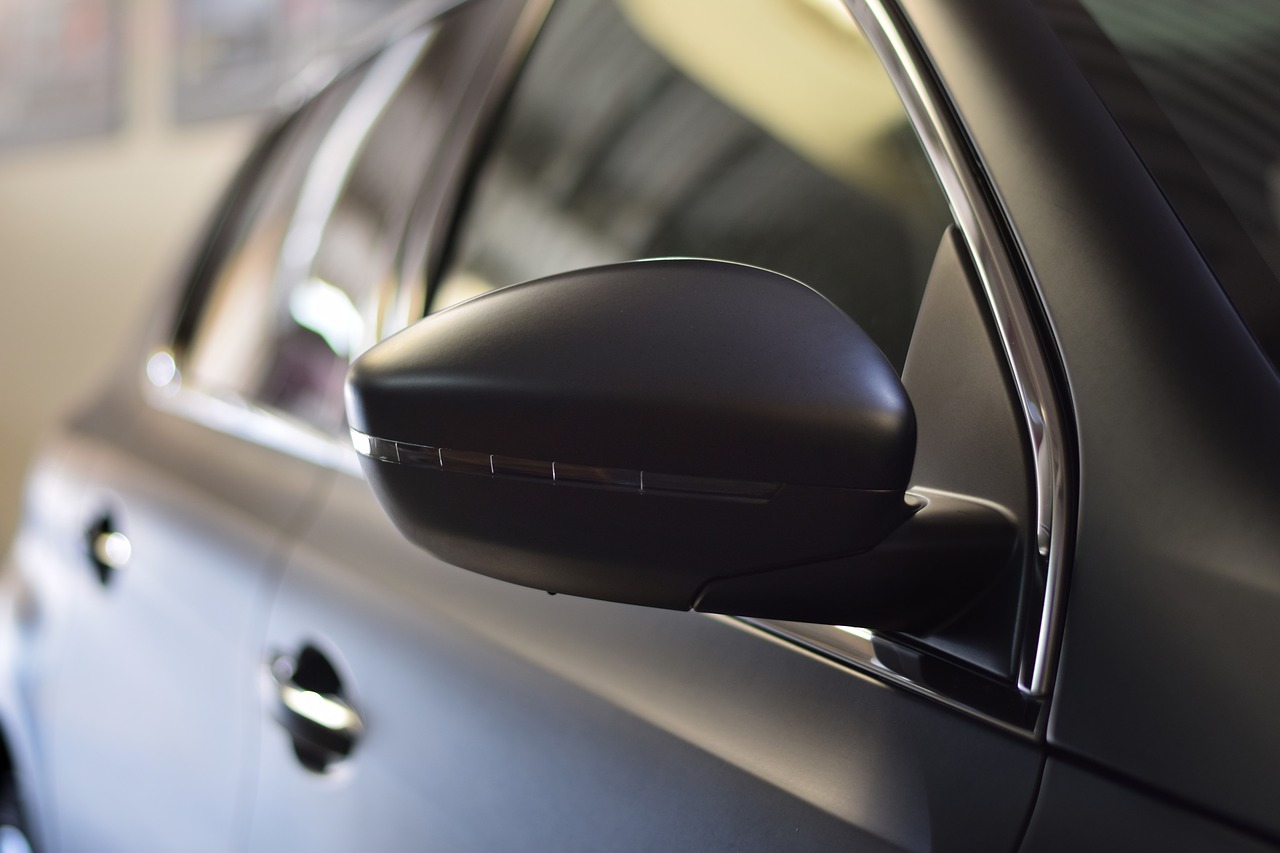
The festival of Holi isn't just significant because it's an opportunity to socialise. It's also the time when the Tesu or flame-of-the-forest blooms, rids itself of all greenery in favour of a bright crimson against the blue sky. The festival of colour helps us forget the grey in our lives and look to the colours of nature -- green, yellow, purple, and bright red -- to make our surroundings and the faces of others even more beautiful.

Why then do we head to our local car dealerships to pay money for a greyscale car? Why aren't we as adventurous in the choice of a car's paint as we are of the colours we choose to put on our skin. The streets may run with colour on Holi, but on every other day, they are a drab potpourri of greys and whites broken by the odd yellow-topped autorickshaw.

It's not just us -- people around the world are unadventurous about their paint shades. A DuPont survey from 2012 found that over 70 per cent of the cars produced globally in that year were white, black, silver, or grey.

In India, things weren't always this boring. The earliest Maruti Suzuki 800s and Omnis had a more diverse colour palette than the Swifts and Balenos Maruti makes today. There were four shades of blue, two greens, red, white, New Zealand Brown, and Cairo dust. Were our parents and grandparents more colourful than we are now?

Some would argue that carmakers only offer a limited number of colours nowadays. The buyers are to be blamed for this -- if you only buy white and grey, car dealerships are more likely to have those colours in stock. If the carmaker only gets orders for grayscale shades, it's possible that other colour options are discontinued because it's too expensive to keep producing them.

The used car market is another source of our miseries. Since most people would either buy greys or worse, those are the cars we have to buy. Choice is a luxury in the used market -- if you can get a car which matches the spec and equipment you want, clean and with low mileage, you'll have to get it even if it's metallic gold.

Are we not attracted to unique colours? Take a look at the green Santro above. Does it not make you feel like hugging it? You might want your car to be a show of aggression, a display of your masculinity. But if you all you can afford is an economy car like the Santro, why not wear it with pride and get it in green?

And that's probably why we don't buy colourful cars -- grey breeds aspiration. Silver feels premium. The car you have isn't the car you want, which is why you get the most inoffensive shade which would hide minor scratches while you hand the keys to the next owner in five or six years.

The argument of lack of choice in colours doesn't stand true anymore. All popular Indian cars have non-grey and non-white colour options. The 2020 Tata Tiago has a bright yellow on offer and it goes with the facelift. Opt for a Diana Green Santro and Hyundai will give you Diana Green accents on the air vents, too. Even the Maruti Suzuki S-Presso adds a hint of flair if you get it in Sizzle Orange with the orange centre console.

If you're a used car buyer, the aftermarket support for vinyl wraps is expanding rapidly in India. Most metro cities have a myriad of wrap shops where you can get colours and combinations in as wide a colour range as your eye can perceive. Make sure the new colour reflects on your registration document and you're kosher. Wrap jobs are usually less expensive than full-body repaints and you swap out the vinyl if it gets torn or dinged.

So instead of making excuses for being boring, get a brighter shade of car. Learn from the Tesu tree and shed your grey for a bright young shade. You never know, it might just change the way you look at your car in the morning.
from zigwheels https://ift.tt/2Q0pb6g


0 comments:
Post a Comment